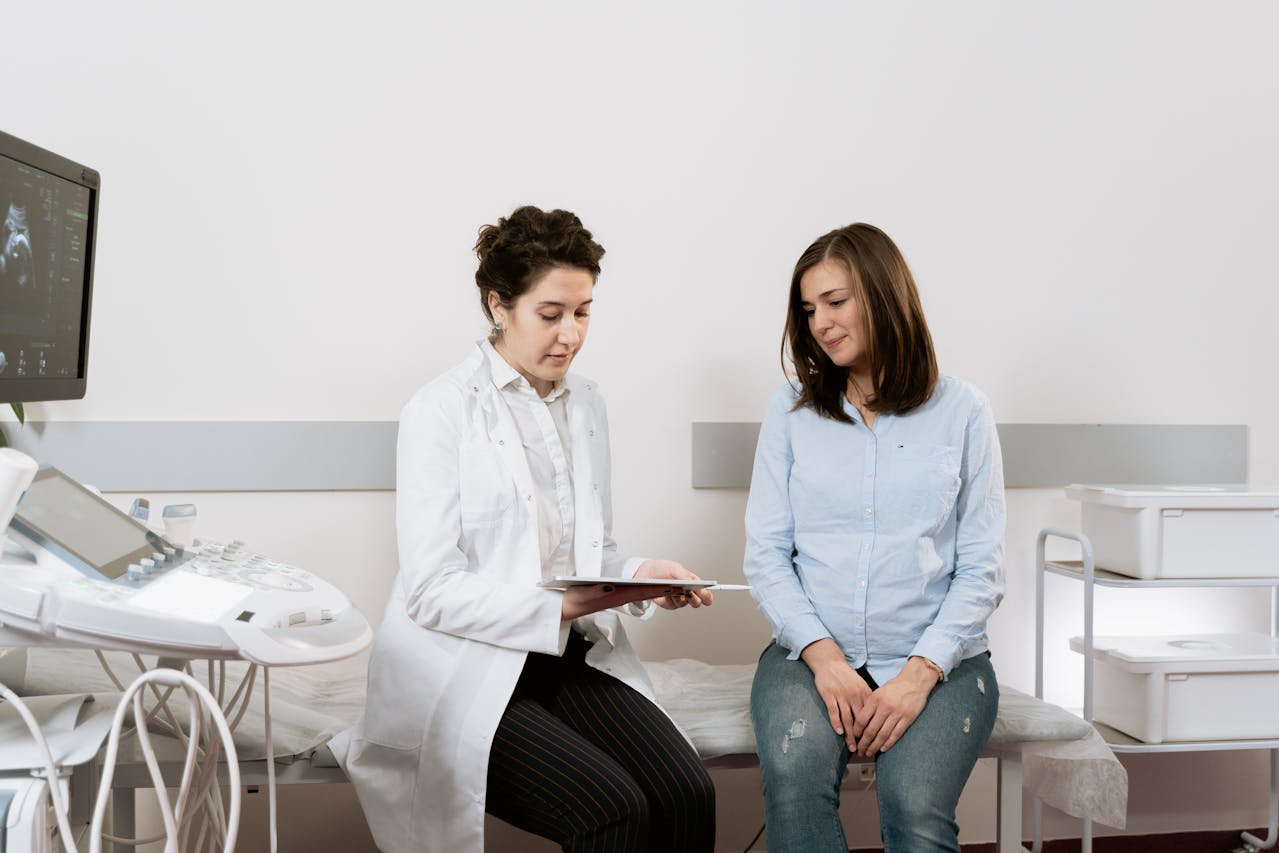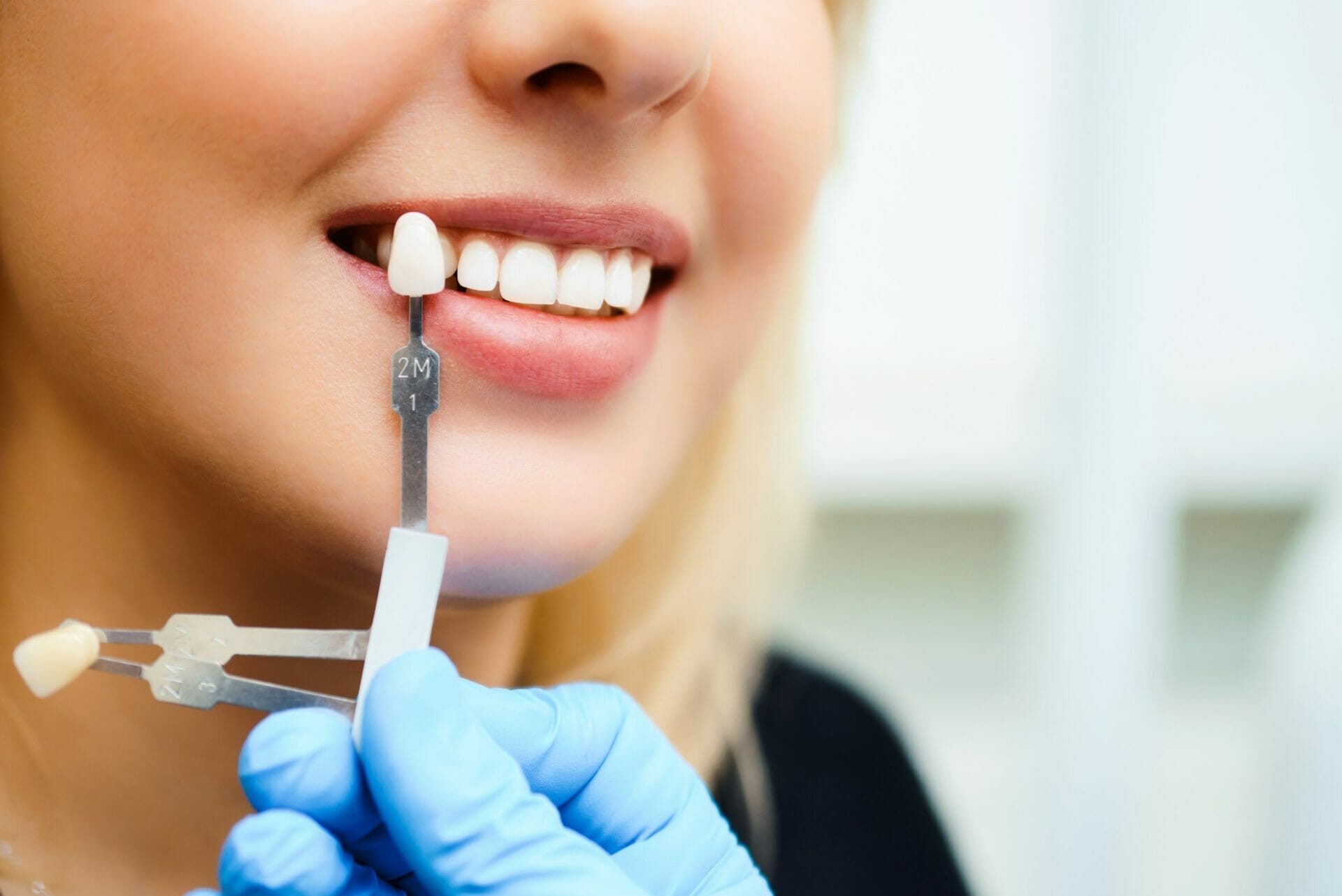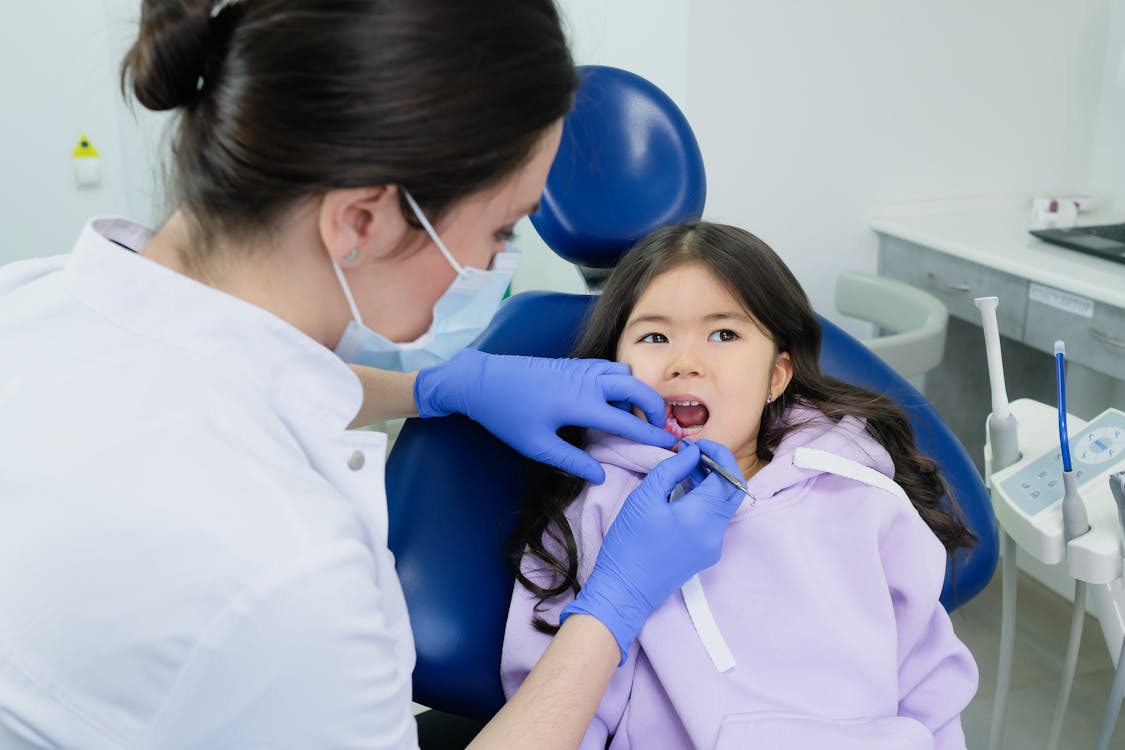 Posted On
Posted On
Changes in the New Year: What Teachers Can Expect for Back-to-School 2021
 Posted On
Posted On
The COVID-19 pandemic has impacted all areas of life. One area that has been hit particularly hard, though, is education. In many places, schools will be reopening in January 2021 for the first time since March 2020. In other areas, schools opened briefly in the fall, but were forced to close again and plan on reopening after the Christmas holiday. Some students will be returning full-time and others will be coming in day-by-day groups.
While the exact procedures will vary from district to district, one thing is certain: Teachers need to be prepared to deal with new rules, regulations and guidelines to keep their students, themselves and the community safe. From using antimicrobial laundry detergent to teaching young children about good hygiene, teachers will likely have a lot of new responsibilities in the new year.
Table of Contents
The COVID Slide
When schools across the country shuttered their doors back in March, most students transitioned to some form of online learning. While this transition has gone relatively smoothly for students who already had their own electronic devices, it has been challenging for those who do not have access to such devices. As students return to school in 2021, teachers should be prepared to handle “the COVID slide,” which refers to an expected decrease in progress associated with COVID-19.
Teachers are already familiar with the summer slide and how it impacts students. The COVID slide, however, may come with additional challenges. In light of the coronavirus pandemic and remote learning, education inequalities have become apparent in a huge way. Some students may be behind due to insufficient Wi-Fi or lack of electronic devices. Others may have faced other trauma, such as a health crisis or family income loss, as a result of the COVID-19 pandemic and not made as much educational progress as expected. And still others may have been struggling over the past several months due to the loss of enrichment opportunities like in-person tutoring sessions and field trips.
The sudden closure of schools has been hard on kids in a multitude of ways. As a result, it is expected many students will be behind on their education due to the COVID slide. Teachers need to be prepared to address this and help students get caught up.
Enhanced Cleaning and Sanitation Protocols

While teachers have always been responsible for tidying up their classrooms at the end of the day, they should expect to adhere to more rigorous cleaning and sanitation protocols in the coming year. As the pandemic rages on, classroom surfaces and shared supplies must be cleaned and sanitized effectively and frequently. Plan to wipe down high-touch surfaces – like doorknobs, desks, countertops and computer keyboards – multiple times per day. Districts have implemented strict policies for cleaning and sanitation by which teachers and other faculty members need to abide to ensure the safety of students.
If you teach young children, you should also expect to teach them essential hygiene tips and help them learn how to better protect themselves and their families. You may need to show little ones how to effectively wash their hands, apply hand sanitizer or wipe down surfaces using antibacterial wipes. You may also need to teach them why these things are so important.
These are frightening times, but when teaching small kids, you do not want to scare them. Instead, it is best to use fun methods of teaching them about hygiene and protecting themselves from germs. Activities like singing songs about hand hygiene, making posters to display around the school or even putting on short plays about germs and how they spread are great ways to engage with little ones and help them develop good hygiene, cleaning and sanitation habits.
New Dress Codes
In many school districts, teachers are being asked to ditch their “normal” work attire in favor of scrubs. While nurses and doctors may be the first people who come to mind when it comes to scrubs, they certainly are not the only professionals who benefit from wearing these garments. Today’s scrubs are often made from antimicrobial fabric and do an exceptional job of preventing the spread of viruses, bacteria and germs. In addition, they are made using durable fabrics that can withstand being washed in hot water and dried on your dryer’s hottest setting.
Scrubs also come in several colors, styles and fits, and it is possible to find scrubs just as professional looking as anything else you would wear in the classroom. From comfy and stylish jogger scrub pants to scrub dresses, there are options appropriate for any school.
Frequent Changes

Once you have started to adjust to the new changes that will be in place when you return to the classroom, don’t get too comfortable. As the COVID-19 situation continues to evolve, frequent changes to policies, rules and regulations will likely take place. These changes may be implemented within your school, or they may be mandated by local or state government officials.
As an educator, one of the best things you can do right now is to be ready and willing to accept change and follow new guidelines, rules and restrictions as they come. Be prepared to keep your students up-to-date on the latest changes, too, and to help them as they learn to navigate an ever-changing “new normal.”
The Bottom Line
As students return to classrooms in 2021, things will certainly be different. From social distancing and masks to changes in classroom sizes, rules and just about everything else, you and your students will have to adjust to several new things.
The COVID-19 pandemic has changed the world as we know it, and even though vaccines are beginning to hit the market, it will still be several months before things are “normal” again. At this time, the best thing you can do is embrace change and do what you can to help your students and fellow faculty members navigate this challenging time.
















